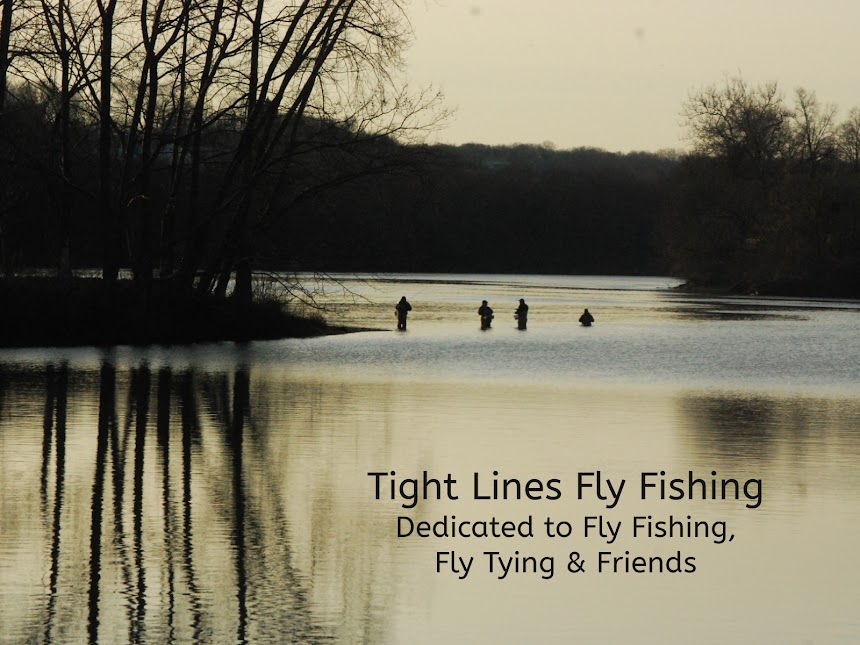Reece's Masked Bandit
Hook: Size #4 Gamakatsu Octopus hook.
Tying thread: 6/0 to match color of squirrel.
Flash: Hairline Gold Ripple Ice Fiber.
Tail/Wing: Pine Squirrel Zonker (Olive, Black, Orange
& Natural).
Collar: Pine Squirrel Zonker.
Head: 4mm Flymen Fish Mask, 4mm Living Eyes.
In
the age of big and gaudy articulated streamers, this pattern is an alternative
to try and represent smaller forage fish in rivers & streams. It was developed by Mr. Bob Reece of
Wyoming. He believes that this pattern is
very effective because of its tapered head and large eyes. These are predominant features of shiners,
chubs, & dace. I love fishing small
streamers. This is one of my go to
patterns that I’ve found to be very productive.
You can tie it in a variety of colors.
Olive is my preferred color.
Begin
by laying a base of thread from the hook eye to where it hangs evenly with the
hook point. Add a few drops of adhesive
and tie in a clump of Gold Ripple Ice Fiber.
After is it is tied in, cut it to approximately 2 hook shank
lengths. Cut it on a 45 degree diagonal
from right to left. Next, tie in your
squirrel zonker strip. It should be
approximately 2 ½ times the length of the hook shank. It is tied in only by the tip of the
strip. Next, tie in a second strip of
squirrel zonker to be used as a collar.
Before you tie it in, clip the tip at a 45 degree angle. That will provide you with an easier tie in
point and make wrapping your collar easier.
Add a few more drops of adhesive and wrap your zonker forward to create
your collar. One or two wraps is all
that is needed. Tie off your zonker collar,
whip finish, and clip off your thread.
You are now ready to place your fish mask and eyes onto the fly. The fly designer recommends gluing and
affixing the eyes on the mask prior to putting it on the hook shank. I use Fusion glue to cement the eyes in
place, then use a little light activated resin on them, with a final coat of
‘Tough as Nails’ for added durability.
Add some adhesive on the hook shank behind the eye prior to gluing in the
mask. When you place the mask on the
hook shank, leave room in front of it for additional thread wraps to ensure it
is held in place. After you build up
wraps in front of the mask, clip and whip finish it off. Apply additional adhesive to the wraps.
Bob Reece
has an excellent instructional video on how to tie this fly below:
If
you have any questions about this fly or would like to submit a Fly of the
Month I can be reached at 203 305-3850 or at pdinice@frontier.com
.












